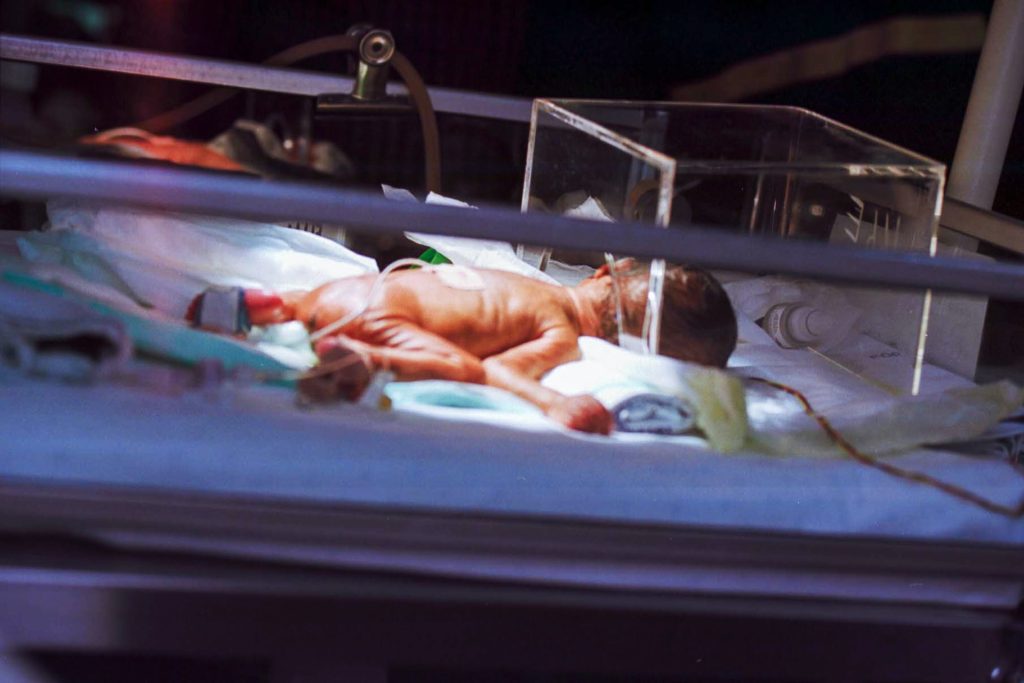
The sex of adult blood donors may affect the risk of common complications in transfusions of red blood cells (RBCs) to premature or very-low-birthweight infants while in the neonatal intensive care unit (NICU), according to new research.
Anaemia is common in premature or very-low-birthweight infants, often requiring an RBC transfusion. Common negative outcomes that can occur with very low birth weight infants include necrotising enterocolitis, lung damage or retinopathy of prematurity. Studies provided conflicting evidence of transfusions being a risk factor.
The study was led by Dr Ravi Patel is director of neonatal research in the Department of Pediatrics at Emory University School of Medicine and Children’s Healthcare of Atlanta. Dr Patel and colleagues followed 181 very-low-birth-weight infants at three hospitals from 2010 to 2014. The infants were selected who received RBC transfusions from only male donors or only female donors.\
The study, published in JAMA Network Open, found that a typical very-low-birth-weight infant who received red blood cell transfusion from only female donors had a three times lower risk of negative outcomes than one who received red blood cells from only male donors.
Increasing donor age increased the protective effect of female donors. Some potential explanations for the protective effect could be reduced breakdown during storage of RBCs from female donors, along with less inflammation and more antioxidant capacity, the authors wrote.
RBC transfusion is common, according to Dr Patel, with about half of very low birth infants receiving at least one RBC transfusion while in the NICU. RBC transfusion is necessary to treat anaemia related to prematurity. In rare circumstances, this can lead to an infection or transfusion reaction. It is uncertain whether RBC transfusion increases the risks of some adverse clinical outcomes.
Is it correct to say that the suspected mechanism for the difference in risk has to do with the characteristics of the RBCs, rather than immune differences, the suspected reason for the reverse effect in adults?
Future research should investigate inflammation or antioxidant capacity of red blood cells since these mechanisms may differ from adults, Dr Patel suggested.
Should their findings that age and sex have an effect on transfusion outcomes be confirmed, the next step would be transfusing blood from only males or only females, which could inform changes in practice.
Source: Emory University

